Tiny House Insulation Guide
The popularity of tiny houses has grown significantly over the last few years. People want to enjoy the feeling of having a minimalistic space and get closer to nature. Thus, there has been a growing demand for tiny house insulation. Insulation is essential to making a stay in any tiny house comfortable and worthwhile.
Insulating a tiny house can be a big challenge, considering the number of insulation options available. This post highlights the common insulation options for tiny houses. It simplifies your decision by exposing you to different common insulation options based on thermal efficiency, cost, and environmental sustainability.
Why is Insulation Crucial for Tiny Houses?
Insulation is crucial for tiny houses because it helps maintain a comfortable indoor temperature, reduces energy costs, and prevents moisture buildup. Proper insulation keeps the home warm in winter, cool in summer, and increases overall energy efficiency—essential in the limited space of a tiny house.

The efficiency of insulation is measured by its R-value. R-value is a value that represents how an insulating material resists heat transfer. This means a material with a high R-value will provide better insulation. Investing in high R-value insulation will lower energy bills and improve living conditions in your tiny house.
What Insulation is Best for a Tiny Home?
Tiny house builders and owners commonly use different materials for tiny house insulation. Choosing the right insulation for a tiny house should depend on your budget and R-value.
Here are 5 common options for tiny house insulation;
-
Spray Foam Insulation
Spray foam insulation is the best insulation for tiny homes. It offers an R-value of 3.5 to 8 per inch of thickness. Spray foam insulation is applied as a liquid to the walls, ceiling, and floors of your tiny house. The foam expands to seal holes in the space that cause air infiltration. Spray foam tiny house insulation provides a thick layer of protection against heat transfer, noise, and moisture buildup.
Spray foam insulation improves the structural integrity of your tiny house and, depending on the type used, is perfect for harsh climates. However, it is expensive and requires professional installation for proper insulation.
-
Fiberglass Batt Insulation
Fiberglass is a common insulation option made using melted glass. Batt insulation is readily available in pre-cut rolls, making installation easier. The batts are installed by placing them in wall studs, floors, and ceilings. Fiberglass insulation effectively resists heat transfer and offers an R-value of R-3 to R-5 per inch of thickness.
Fiberglass insulation is popular for its easy installation and low cost. Unlike spray foam insulation, fiberglass insulation has poor moisture resistance. This means you are likely to experience mold growth when using fiberglass. It can cause skin irritation and respiratory problems when installed without protective equipment.
-
Rigid Foam Boards
Rigid foam board insulation uses pre-cut boards made from polyurethane, polystyrene, or polyisocyanurate. The foam boards are available in thicknesses ranging from 0.5 to 4 inches. The insulation's R-value is R-4 to R-6 per inch of thickness.
A rigid foam board is suitable for floor insulation and exterior use. It is lightweight and moisture resistant, easy to install, and perfect for floor insulation. However, rigid foam insulation is more expensive than fiberglass.
-
Sheep’s Wool Insulation
Sheep wool insulation is one of the oldest home insulation materials. It is made from sheep's fleece, which is treated with boric acid to reduce flammability and repel pests. Sheep wool is a natural, eco-friendly, and sustainable material for tiny house insulation. It offers excellent thermal resistance with a high R-value of R3 - R4 per inch thickness. It also reduces noise by dampening sound waves.
The drawback of sheep wool insulation is its poor resistance to pests. Unless it is properly treated, sheep wool insulation attracts pests. In addition, it is expensive and hard to source.
-
Reflective (Radiant) Insulation:
Reflective insulation is made from reflective materials, such as aluminum foil, to reflect radiant energy from the sun. It's the ideal insulation for preventing heat gain in your tiny house during the summer. Reflective insulation can reflect up to 95% of heat coming from the sun. It is lightweight and easy to install. It helps in retaining heat in your house during winter. It is not recommended for cold climates.

Insulating Different Parts of a Tiny House
There are different parts of a tiny house that must be insulated for effective protection against heat transfer. Proper insulation is essential for comfort, noise reduction, and energy efficiency. In this section, we will discuss the process involved in insulating the different parts of a tiny house:
-
Walls & Roof
The walls and roof are the largest areas of your tiny house. Proper insulation in these areas is enough to ensure comfort and energy efficiency. Insulating the walls and roofs of tiny houses creates an airtight seal and reduces air infiltration. This helps limit heat transfer through tiny spaces that can increase energy consumption or lead to pest infestations.
Insulation is added to the walls and roofs of tiny houses to create a thermal envelope. The best way to insulate these areas is to install spray foam insulation, which acts as a vapor barrier and effectively prevents moisture problems.
-
Floors
Floor insulation is essential in tiny houses because the floors are closer to the ground. Insulation creates a thermal barrier that helps the floor stay warm at all times. Rigid foam and fiberglass are two common materials used for floor insulation. However, rigid foam offers better thermal insulation than fiberglass.
-
Windows & Doors
Windows and doors are a major source of drafts and heat loss. Sealing gaps that cause drafts using weather strippers and thermal curtains will significantly improve energy efficiency. Window and door sealant seals tiny holes that cause air infiltration. Use double-glazed windows to reduce heat loss and noise.
DIY vs. Professional Installation
Tiny house insulation can be done as a DIY project to save money or by hiring professionals. The two main pros of DIY installation are cost savings and experience. You'll save more by buying DIY kits and installing the insulation yourself. In addition, DIY installation gives you a sense of personal satisfaction.
Professional installation guarantees quality insulation, even at a high cost. Professional contractors are faster and have experience with different insulation issues. Unlike DIY installation, professionals can handle insulation for a large space using advanced tools and techniques.

Cost Considerations & Budgeting For Insulation
Cost is a major factor influencing your choice of material for tiny house insulation. It is important to consider insulation costs, especially when you are on a budget. Material costs, labor costs, and the project's complexity can all affect insulation costs. In this section, we will highlight factors that influence insulation costs.
-
Materials Cost:
Insulation materials have different prices, so it's important to have an idea before choosing insulation for your space. The price is based on the cost per square meter. Fiberglass insulation is the cheapest, while spray foam and sheep wool are expensive.
Check out this detailed post on spray foam insulation cost.
-
Installation Cost:
The installation cost includes labor and expertise, and the project's complexity affects these costs. There are insulation options that require special equipment, such as blown-in insulation. Using specialized tools comes with additional costs. On the other hand, insulation options that do not require professional installation are fiberglass and sheep wool insulation.
-
Durability:
The durability and lifespan of an insulating material should be considered when choosing insulation. It is financially wise to opt for long-lasting and durable materials, such as spray foam insulation. Durable material like closed-cell spray foam insulation does not require regular maintenance. In addition, they also lead to significant savings on energy bills.
|
Insulation |
Cost (per square meter) |
|
Spray foam Insulation |
$1.0 - $4.5 |
|
Fiberglass Insulation |
$0.8 - $2.6 |
|
Rigid foam Insulation |
$1.2 - $3.7 |
|
Sheep Wool Insulation |
$1.0 - $3.0 |
|
Reflective Insulation |
$0.3 - $2.0 |
**Based on Data from Home Advisor
Eco-Friendly & Sustainable Insulation Choices
Environmental sustainability and eco-friendliness should be considered when building your tiny home. Choosing an eco-friendly insulation option helps improve indoor comfort while protecting your surrounding environment. Here are common tiny house insulation options that help reduce the carbon footprint in the atmosphere;
-
Spray foam Insulation: Spray foam insulation is an eco-friendly insulation choice. It reduces the carbon footprint by improving energy efficiency. Kraken Fast Coat Product is made from non-toxic substances. It does not release harmful VOCs into the environment.
-
Sheep Wool Insulation: Sheep wool insulation is made from the natural fibers of sheep’s wool. It is a renewable insulation option, making it highly eco-friendly and sustainable. Sheep wool insulation is naturally hypoallergenic and highly breathable, making it suitable for asthma patients and children.
-
Cellulose Insulation is the most commonly used eco-friendly insulation material. It is made from recycled paper and treated with fire retardants to reduce flammability. It is safe to use and does not release harmful toxins during installation.
FAQs: Tiny House Insulation
-
What is the best insulation for a tiny house on wheels?
Closed-cell spray foam is the best insulation for any tiny house. It offers high R-value, moisture control, and noise reduction. In addition, the dense nature improves the structural strength of the tiny house.
-
How thick should insulation be for a tiny house?
Insulation thickness is dependent on the climate and the area to be insulated. Cold climates require thicker insulation.
-
Can I use recycled materials for insulation?
Recycled materials like paper and plastics can be used for insulation to reduce waste. For instance, cellulose insulation is made from recycled paper. They are safe for the environment and reduce waste.
-
How do I prevent condensation issues with insulation?
Spray foam insulation is an ideal material for eliminating condensation issues. It seals tiny holes and prevents warm air from moving to cold areas. It is commonly used as a vapor barrier in buildings to prevent mold growth and other moisture problems.
-
Is DIY insulation installation difficult?
No, DIY insulation is easy with the right guidelines. There are several straightforward insulation options for DIY installation. Check out the guide on DIY spray foam insulation.
-
What is the thinnest insulation with the highest R-value?
Aerogel insulation. This is the thinnest insulation option, with an R-value of R10 to R20. It offers better thermal insulation than fiberglass and rigid foam insulation. However, aerosol insulation is very expensive and hard to come by. Other types of thin insulation include spray polyurethane foam and vacuum insulation panels.
Author : Krakenbond Team


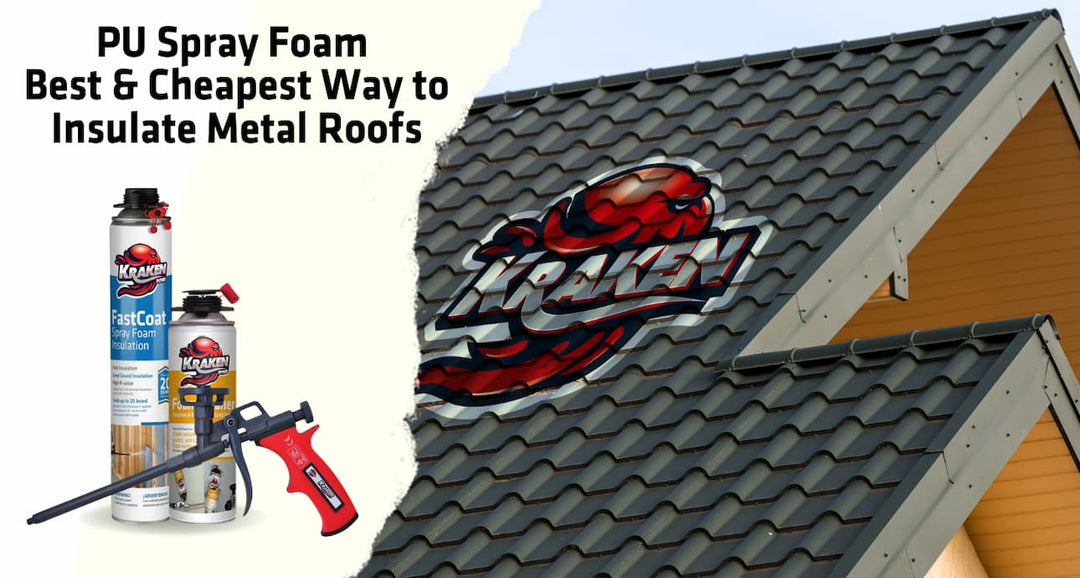
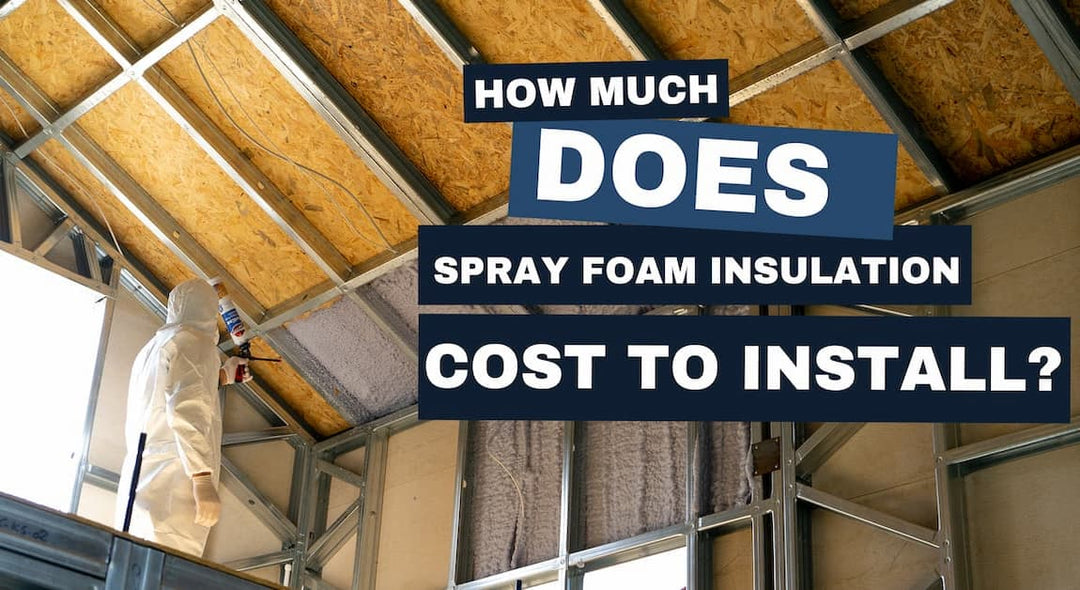
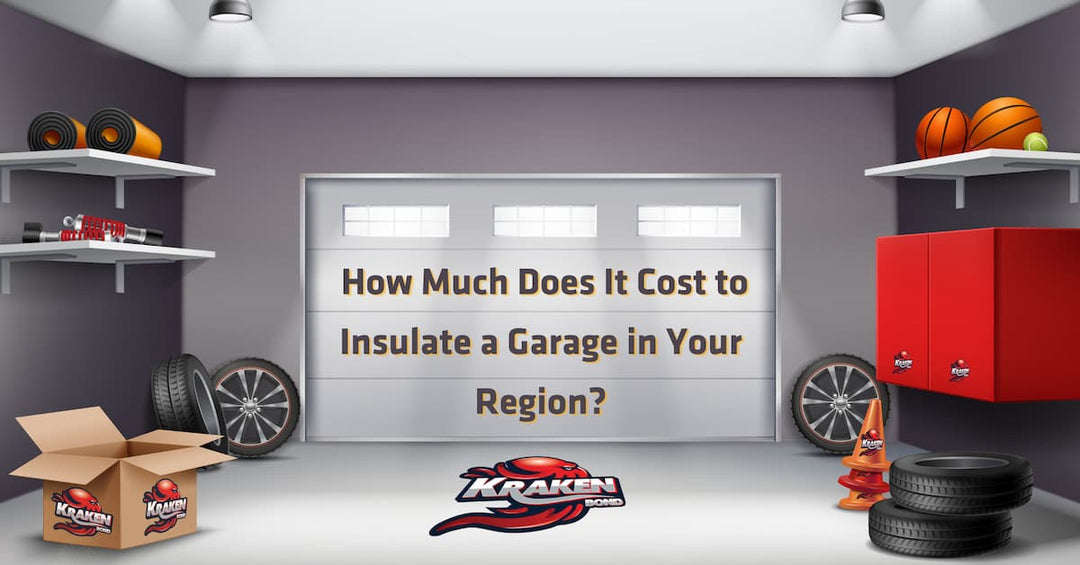
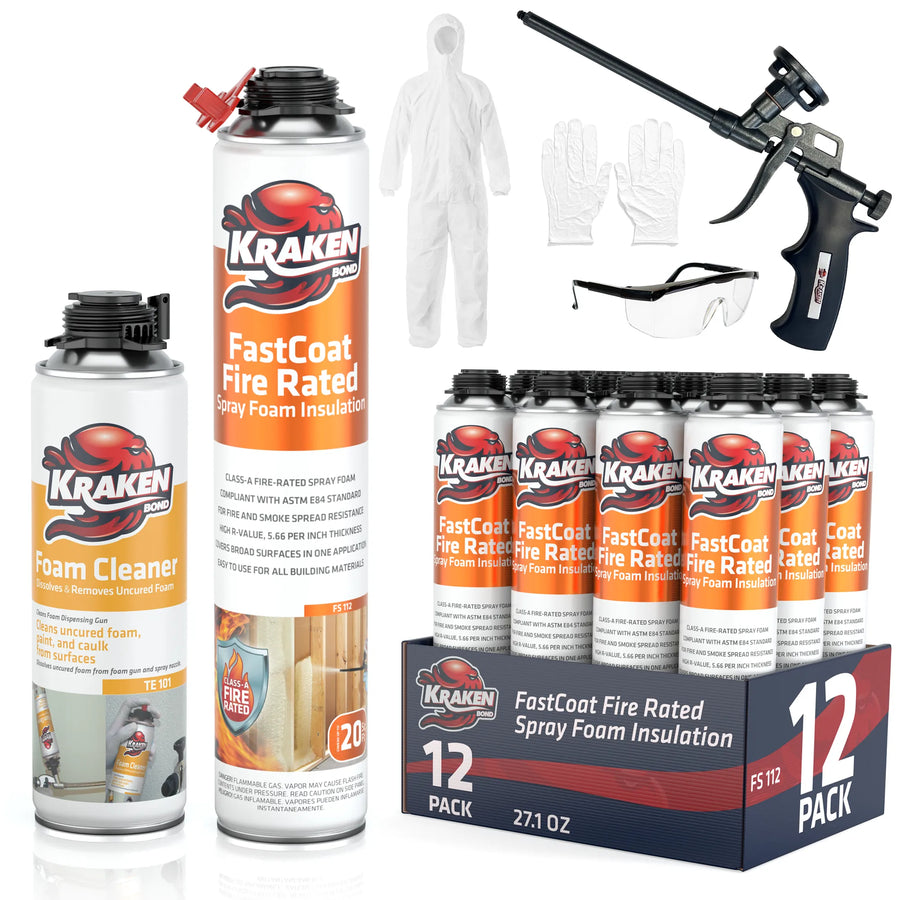








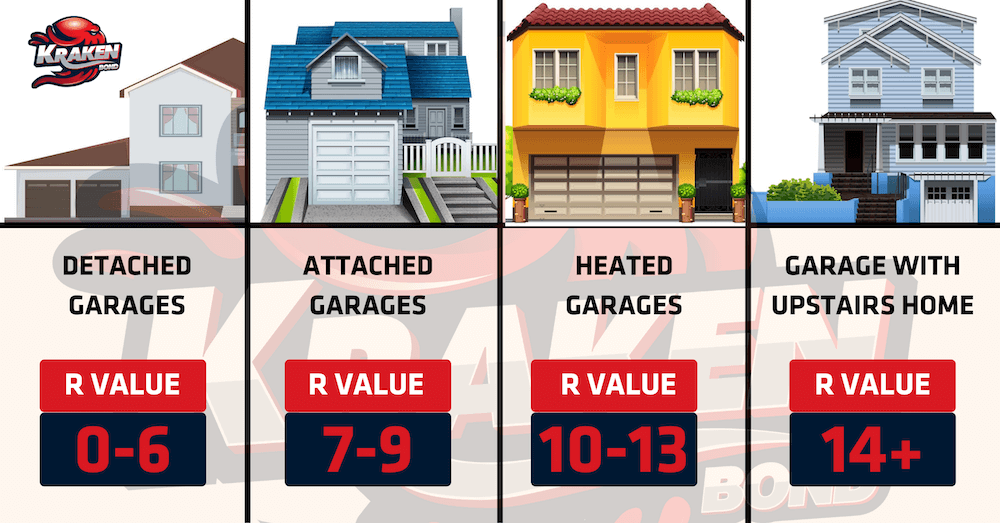
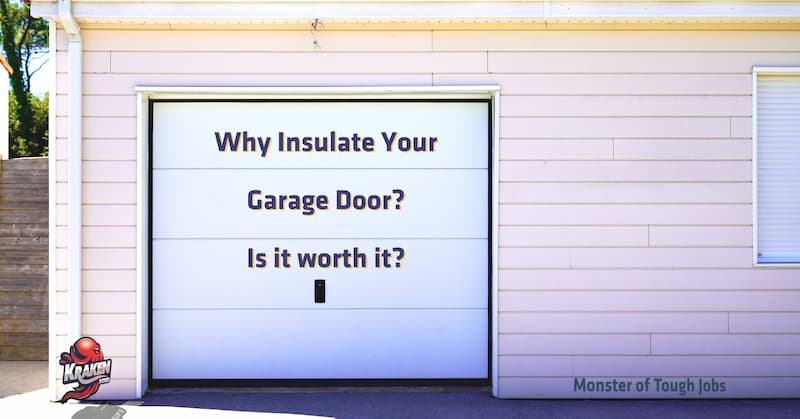
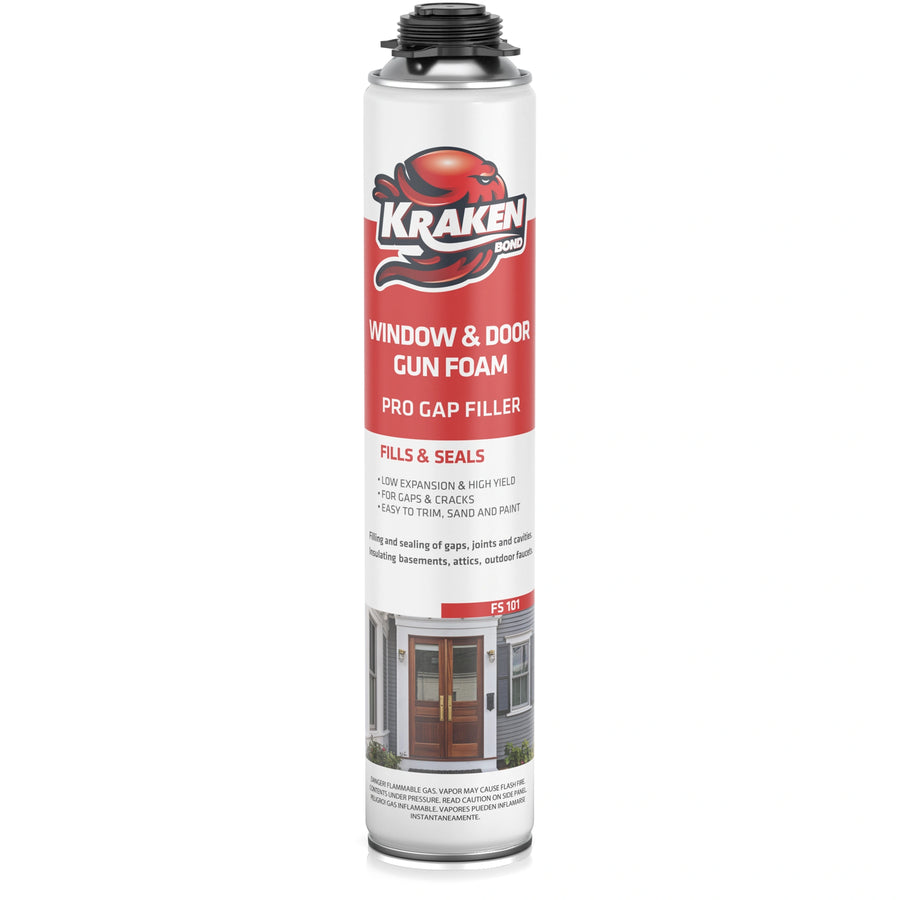
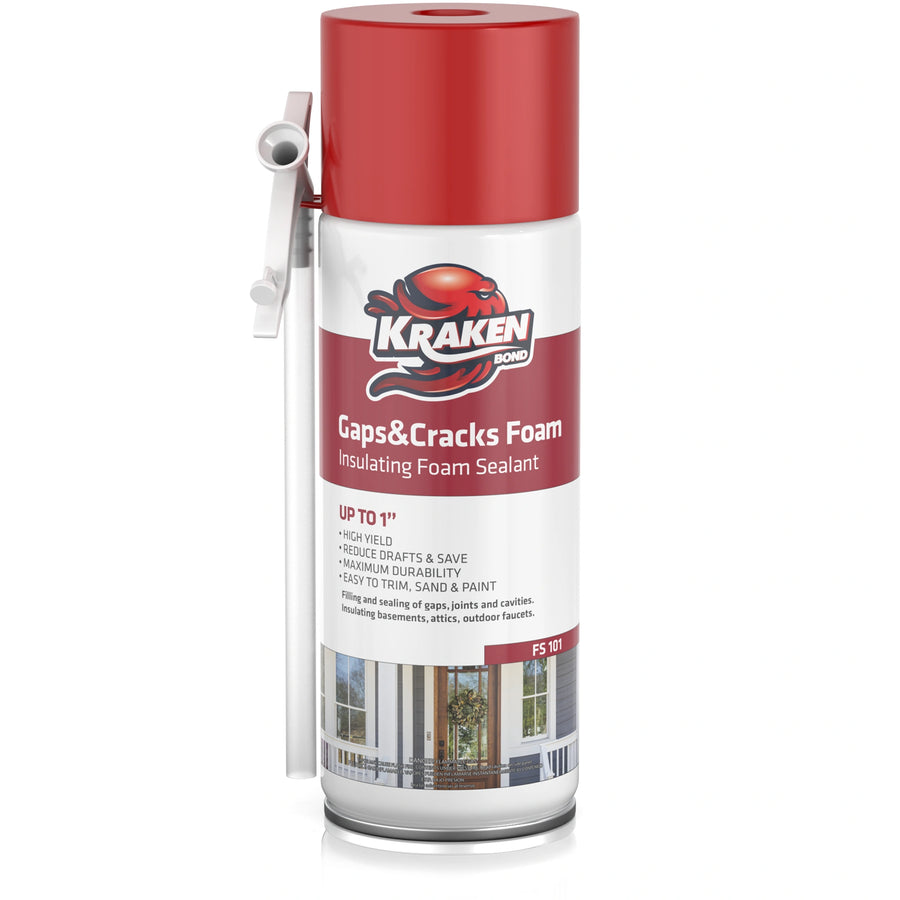
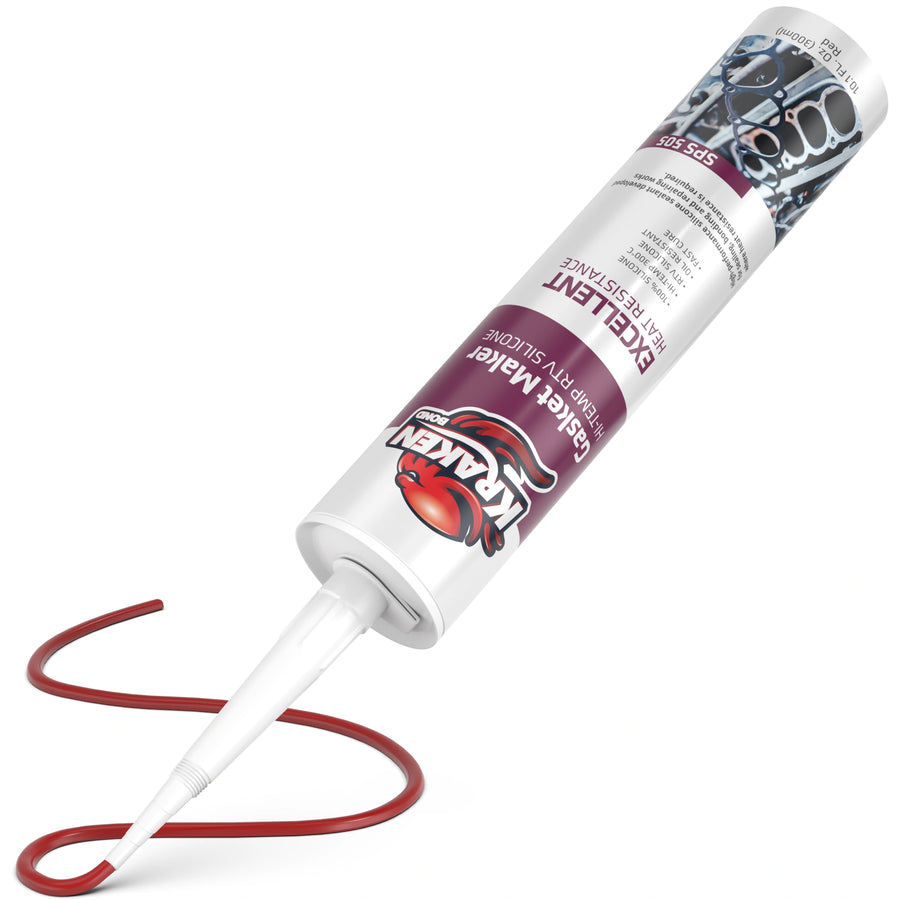
Leave a comment